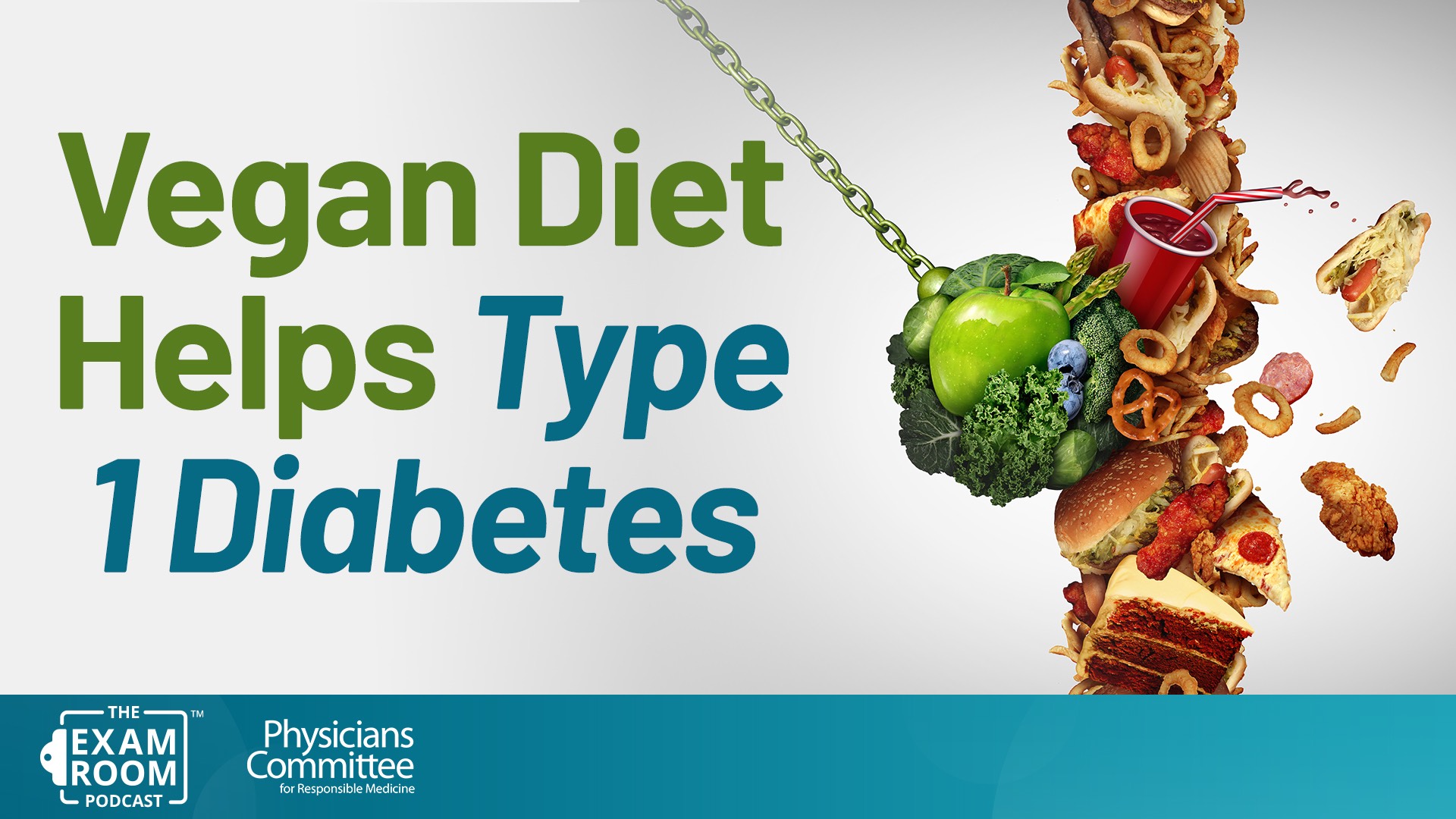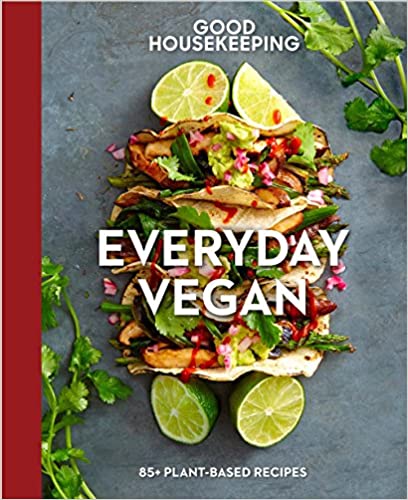
There are many health advantages to eating a vegan diet. A vegan diet is an affordable option for people who want to reduce their grocery bills. A vegan diet will make a difference to your budget. You can choose grains and vegetables instead. You can also reduce your intake of saturated fats and calcium. These are just two reasons why you should try a vegan lifestyle.
Reduced risk of diabetes
Research shows that a vegan diet is a safer choice than a meat-based diet, especially if you're overweight or have a family history of the condition. The large sample of adults used in the study, published in Nutrients. The risk of developing type-2 diabetes in vegans was 9% lower than that of people who ate mostly meat protein. The results of the study, although they did not include information on how many calories vegetarians consume are encouraging.

Lower risk of developing cancer
Research suggests that a vegan diet may help lower the risk of developing cancer. The University of Oxford, England has evaluated data from 470,000 UK Biobank enrolled people. They rated their meat and fish intake based on digital questionnaires and categorised participants into one of four groups: low meat eaters, regular meat eaters, and vegetarians. This study showed that a lower-protein diet is associated with lower risk of colorectal, prostate, and colon cancers.
Saturated fats less
Plant-based diets have many benefits, including lower cholesterol and saturated fat. Research indicates that these diets reduce total cholesterol levels and lower LDL cholesterol. They lower blood sugar levels and lower blood pressure. While there is no one reason to go vegan, many people can benefit from the high-nutrient foods that vegans eat. These foods help you get the recommended 30g of dietary fiber each day.
Consume less calcium
While dairy is a popular source of calcium, there are also many plant foods that are high in calcium. These include legumes, grains, fruits, vegetables, nuts, seeds, and blackstrap molasses. These foods are not the only ones that are high in calcium. There are many fortified foods rich in it. It is recommended that you consume 1,000 to 1200 milligrams of Calcium per day. Calcium supplements might be needed if you have a plant-based eating plan.
Lower risk of obesity
Studies have linked a lower risk of obesity when vegans eat a plant-based diet to lower rates. A recent study by the University of Navarra as well the Carlos III Institute of Health in Spain has shown a strong link between a low-fat diet and lower levels of obesity. Researchers reviewed more than 16,000 adults for the study and recorded their dietary behaviors. The role of sugar and meat consumption were also considered by the researchers.

CVD risk is lower
It has been proven that a vegan diet can reduce the risk of developing cardiovascular disease. But how do you know? Both longitudinal studies found that vegans are less likely to develop cardiovascular disease. Nearly 5,000 people were included in the first study, who were between 18- and 30-years old at the time. While the study did not determine whether or not the diet was effective, the results are promising. Vegan diets are both good for the environment and healthy for the body.
FAQ
Exercise: Good or bad for immunity?
Exercise is good to your immune system. Exercise boosts the production of white blood cells in your body that fight infections. You also get rid of toxins from your body. Exercise can help prevent heart disease and cancer. Exercise can help reduce stress.
But too much exercise can damage your immune system. Your muscles can become sore if you exercise too much. This can lead to inflammation and swelling. In order to fight off infection, your body must produce more antibodies. However, these antibodies can also cause allergic reactions and autoimmune diseases.
So, don't overdo it!
What are the ten best foods to eat in America?
These are the top 10 foods to eat.
-
Avocados
-
Berries
-
Broccoli
-
Cauliflower
-
Eggs
-
Fish
-
Grains
-
Nuts
-
Oats
-
Salmon
What is the difference in fat and sugar?
Fat is an energy source that comes from food. Sugar is a sweet substance found naturally in fruits and vegetables. Both fats (and sugars) have the exact same calories. Fats have twice the calories of sugars, however.
The body stores fats and they can lead to obesity. They can increase cholesterol levels in the arteries and cause strokes and heart attacks.
Sugars are quickly absorbed and provide instant energy. This causes blood sugar levels to rise. High blood glucose levels are dangerous as it can increase the likelihood of developing type 2 diabetes.
How can I live my best everyday life?
The first step towards living your best life everyday is to find out what makes you happy. Once you have a clear understanding of what makes you happy you can go backwards. You can also talk to others about how they live their best days every day.
You can also find books such as "How to Live Your Best Life" written by Dr. Wayne Dyer. He discusses finding happiness and fulfillment throughout our lives.
What is the most healthful lifestyle?
A healthy lifestyle means eating healthy foods, exercising regularly, sleeping well, and avoiding stress. This will ensure that you live a long healthy life.
It's easy to start small with your exercise and diet. You can lose weight by walking 30 minutes each day if you are looking to lose weight. For more activity, you can try swimming or dancing. You could also join an online fitness program like Fitbit or Strava that tracks your activity levels.
How to measure body fat?
A Body Fat Analyzer is the best way to measure body weight. These devices are used for measuring the percentage of body fat in people who want to lose weight.
Statistics
- This article received 11 testimonials and 86% of readers who voted found it helpful, earning it our reader-approved status. (wikihow.com)
- WHO recommends reducing saturated fats to less than 10% of total energy intake; reducing trans-fats to less than 1% of total energy intake; and replacing both saturated fats and trans-fats to unsaturated fats. (who.int)
- According to the Physical Activity Guidelines for Americans, we should strive for at least 150 minutes of moderate intensity activity each week (54Trusted Source Smoking, harmful use of drugs, and alcohol abuse can all seriously negatively affect your health. (healthline.com)
- In both adults and children, the intake of free sugars should be reduced to less than 10% of total energy intake. (who.int)
External Links
How To
What does the word "vitamin" mean?
Vitamins are organic compounds that can be found in foods. Vitamins help us absorb nutrients from foods we eat. Vitamins cannot be produced by the body. They must be obtained from food.
Two types of vitamins exist: water soluble and oil soluble. Water-soluble vitamins dissolve quickly in water. You can find vitamin C,B1 or thiamine, B2 or riboflavin and B3 or niacin. B6 is pyridoxine. Folic acid, biotin and pantothenic are some examples. The liver and fat soluble vitamins are stored in fatty tissue. You can find vitamin D, E K, A and beta carotene as examples.
Vitamins are classified based on their biological activity. There are eight major vitamin groups:
-
A - essential for normal growth and maintenance of health.
-
C is important for nerve function and energy production.
-
D - Essential for healthy teeth and bones.
-
E - needed for good vision and reproduction.
-
K - Essential for healthy muscles and nerves.
-
P - Vital for strong bones and teeth.
-
Q - aids digestion, absorption and absorption iron
-
R is required for the production of red blood cells.
The recommended daily allowance of vitamins (RDA), varies depending upon age, gender, physical condition, and other factors. RDA values are set by the U.S. Food and Drug Administration (FDA).
For adults aged 19 and older, the RDA for vitamin B is 400 micrograms daily. For fetal development, pregnant women require 600 micrograms per daily. Children ages 1-8 require 900 micrograms per day. Children under 1 year old require 700 micrograms daily, while infants over one year old need 500 micrograms every day. This decreases between 9 and 12 months.
Children ages 1-18years who are obese need 800 micrograms per day while those who are overweight need 1000 micrograms per day and children who are underweight need 1200 micrograms per day to meet their nutritional needs.
Children ages 4-8 years who have been diagnosed with anemia need 2200 micrograms per day of vitamin C.
2000 micrograms is the minimum daily intake for general health in adults older than 50 years. Women who are pregnant or breastfeeding need 3000 micrograms per day due to increased nutrient requirements.
Adults over 70 need 1500 micrograms daily, since they lose around 10% of their muscle mass every decade.
Women who are pregnant, nursing or breastfeeding need more than the RDA. Pregnant women require 4000 micrograms daily during pregnancy, and 2500 micrograms every day after birth. Breastfeeding mothers need 5000 micrograms per day when breast milk is being produced.